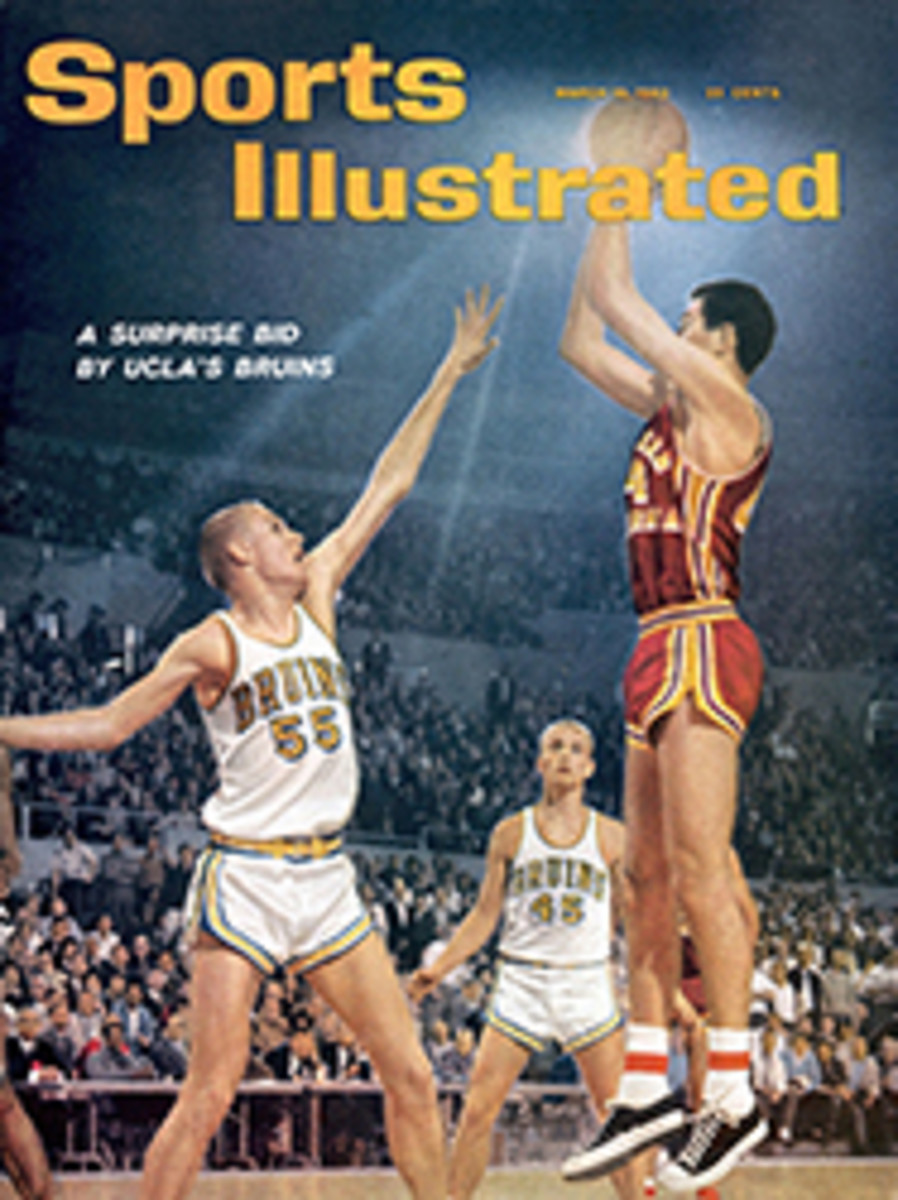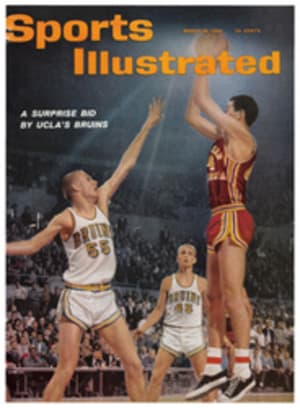
How to concede and win
Conceding short putts in the big amateur match-play tournaments is seldom a haphazard business. My practice as an amateur was always to make my opponent putt the short ones on the first couple of holes, concede them in the middle of the match and then, when the match was tight in the closing holes, make him putt them again. The reason for this is simple. On the first two or three holes the short putts are harder because nobody has settled down. In the closing holes of a tight match, they can be harder still if you haven't had to try putting for a dozen or so holes. The hole is suddenly going to look as small as a thimble and your putter will feel about as secure in your hands as a live snake, in the finals of the 1959 North and South Amateur at Pinehurst I was playing Gene Andrews, a pretty shrewd golfer from California. It was a tight match, and we were both fighting hard to build a margin by lunchtime. The match was even on the 15th and I needed only to drop a two-foot putt for my par and a 1-up lead. But Gene, instead of conceding, just walked to the next tee. I blew the putt, and the match was still tied. I won the 16th, and on the 17th, a par 3, I had my chance. I was in the hole in par and all Gene needed was a two-footer for a half. I just stood on the edge of the green and didn't say a word. Suddenly he had to make a putt he hadn't tried all morning. He missed it, and I took a vital 2-up lead in to lunch. I certainly needed it, because I had to sink a six-foot putt on the 36th to win the match, 1 up. In a week or more I will discuss a related subject—learning from your opponent's shot.
ILLUSTRATION
FRANCIS GOLDEN

